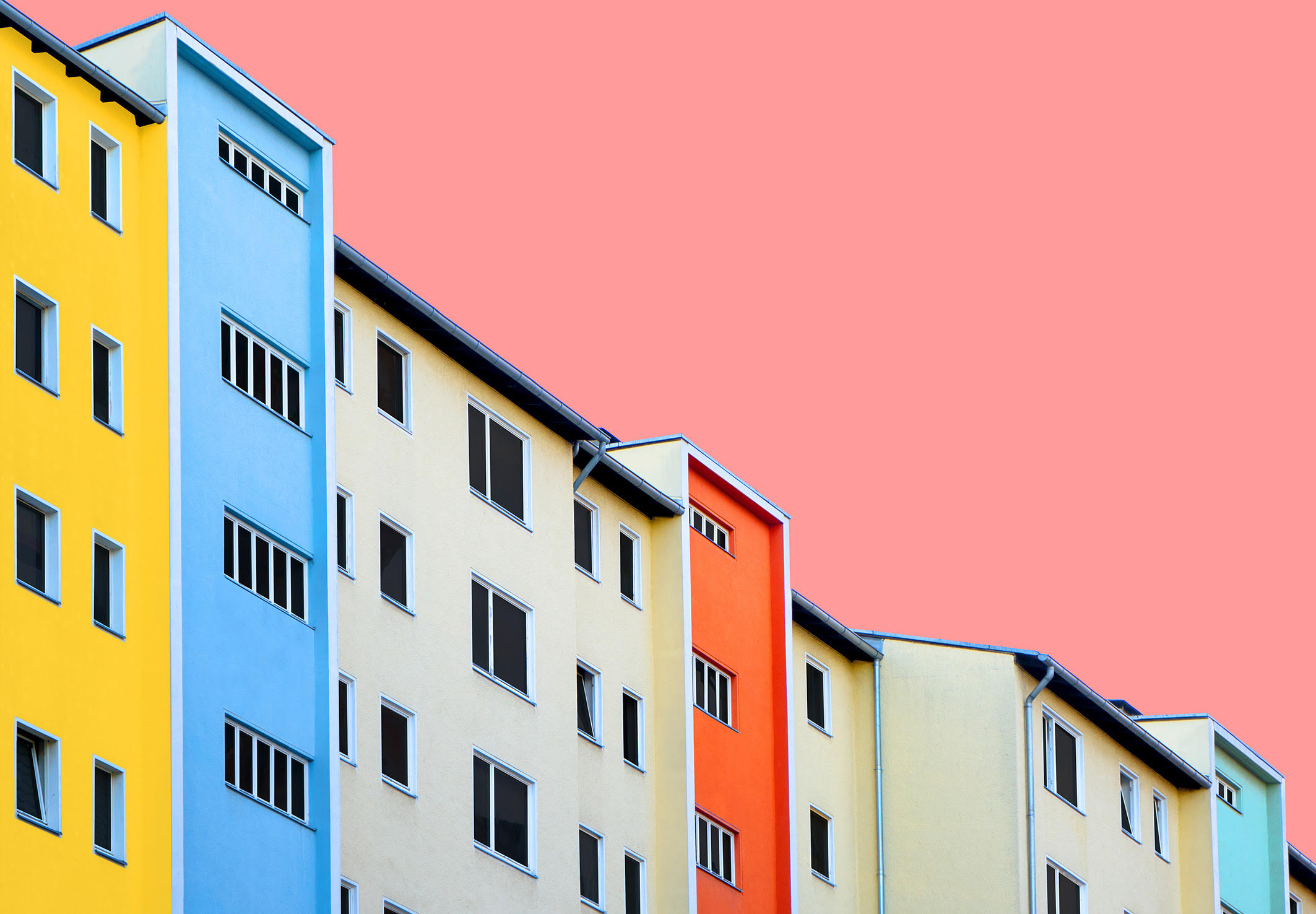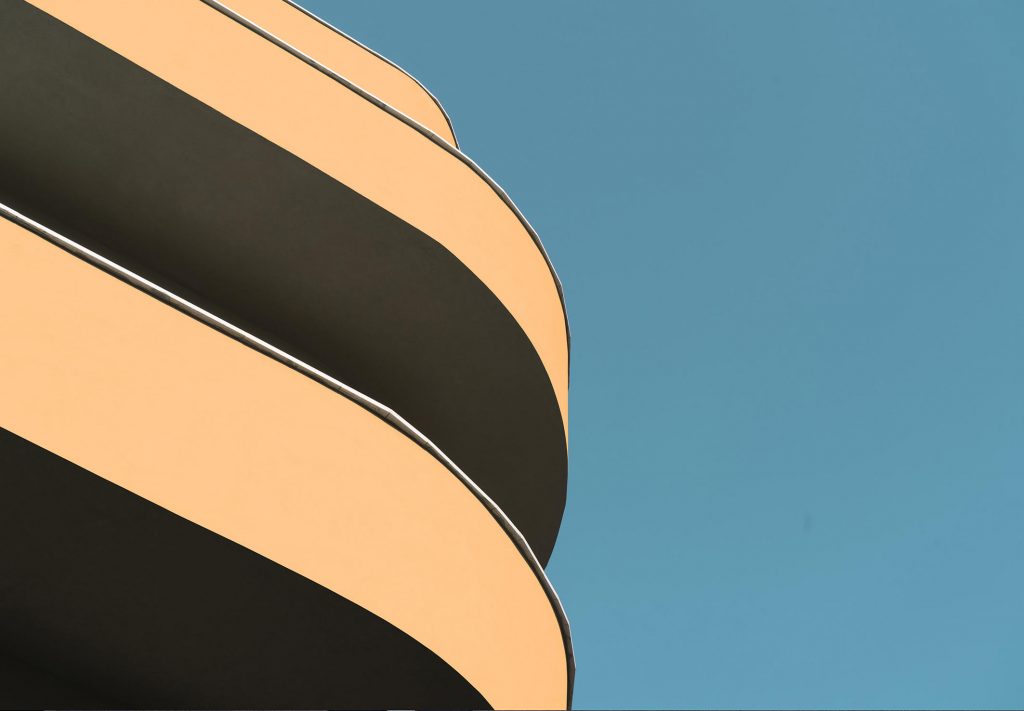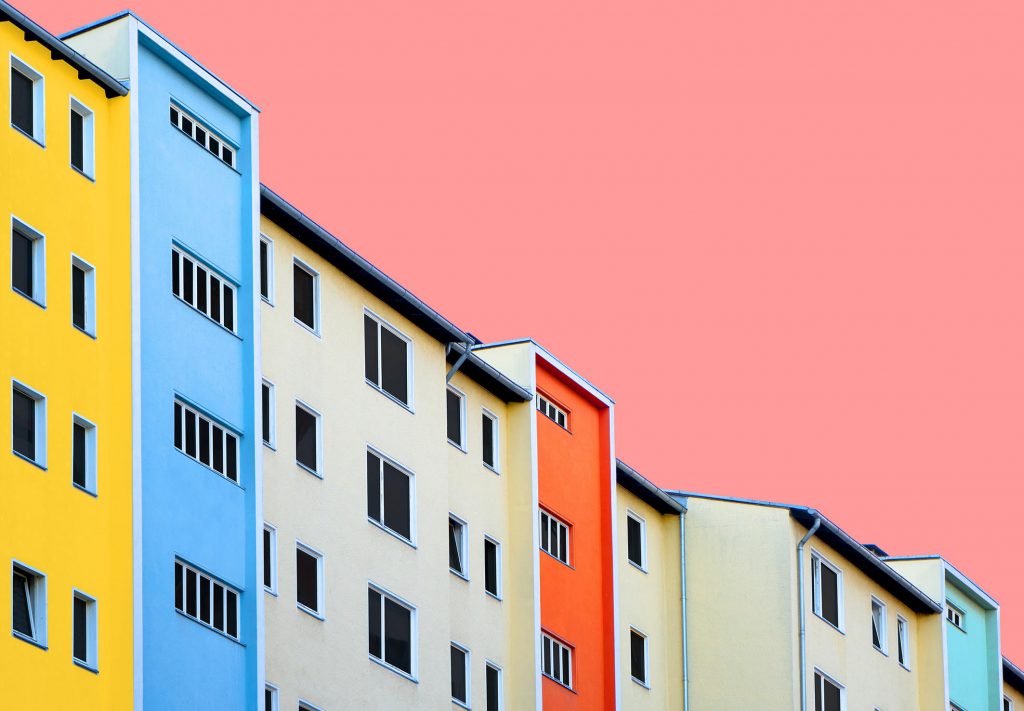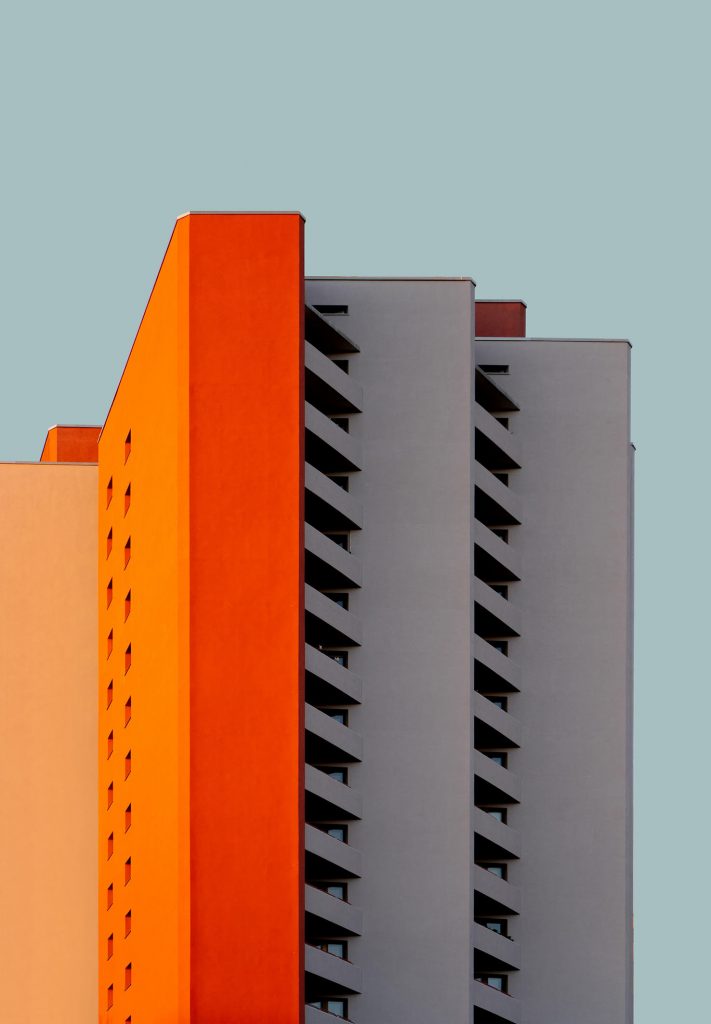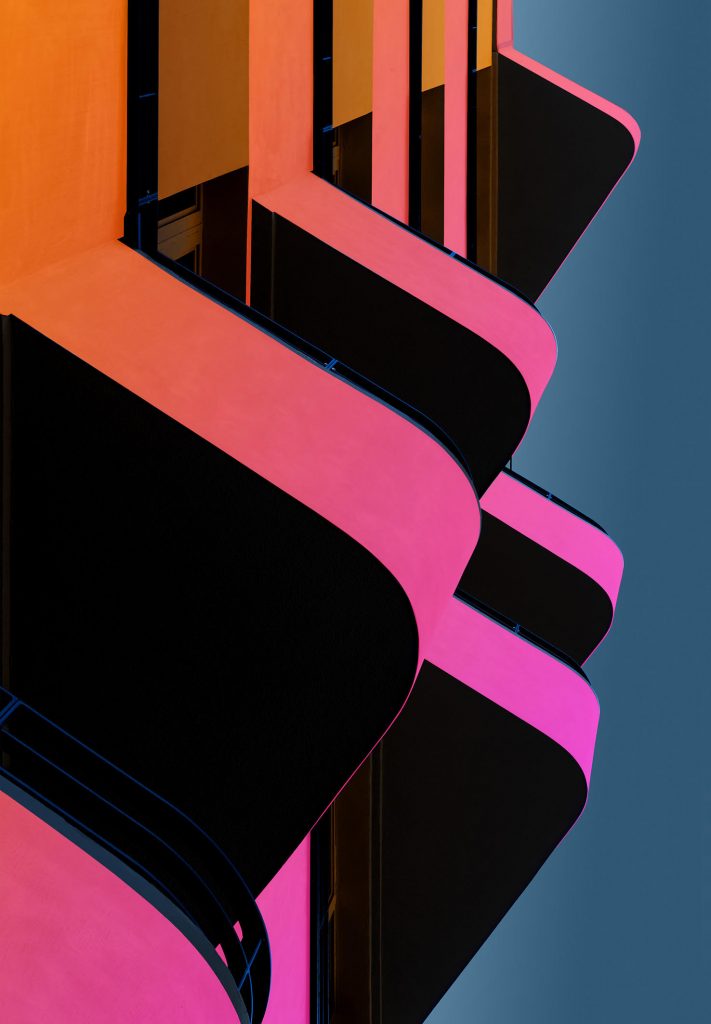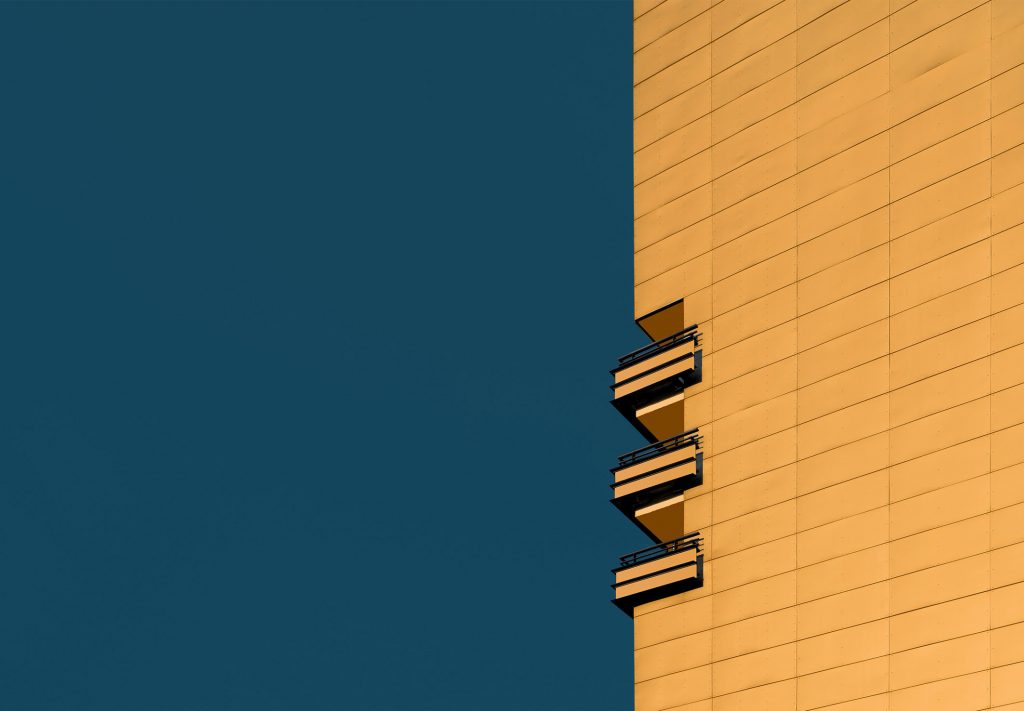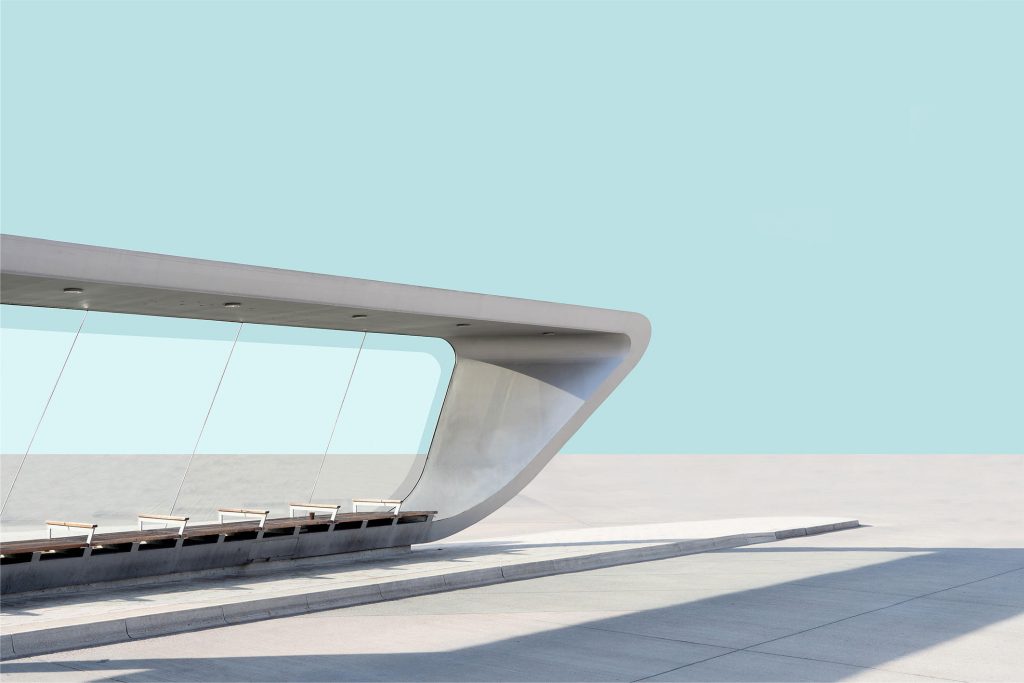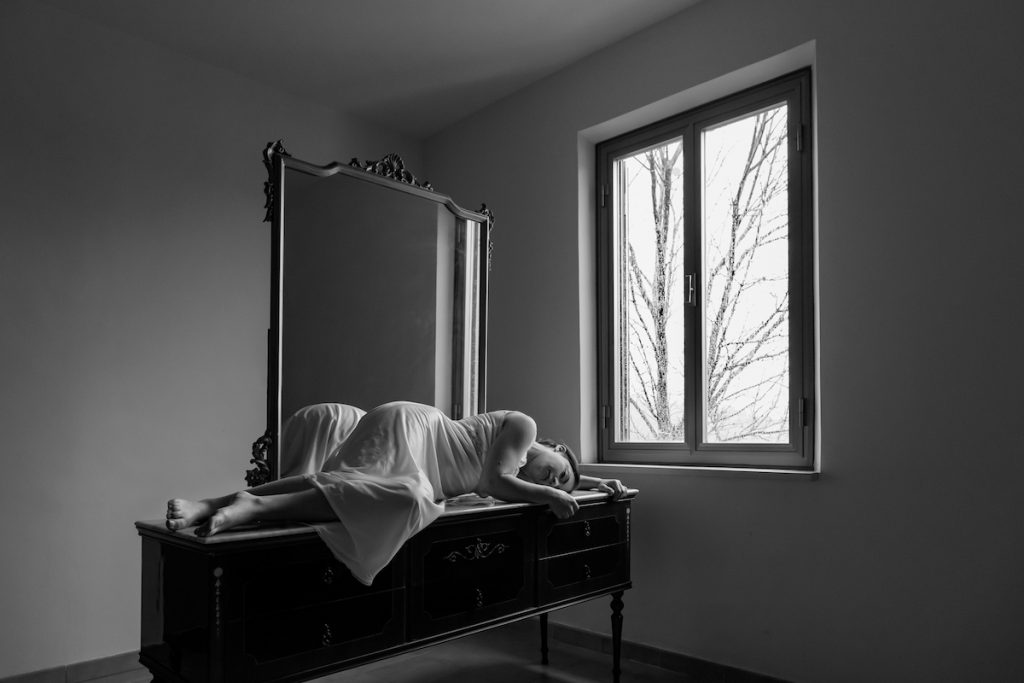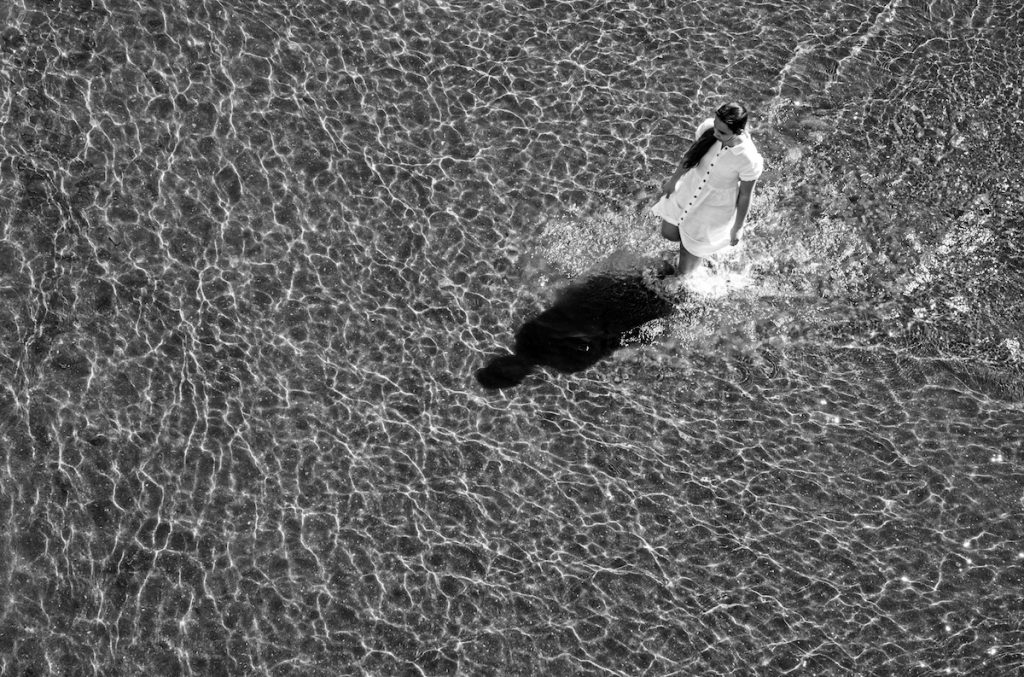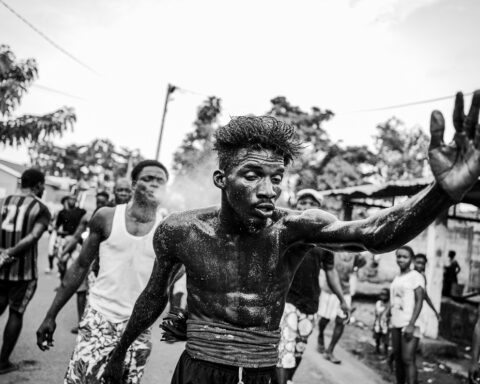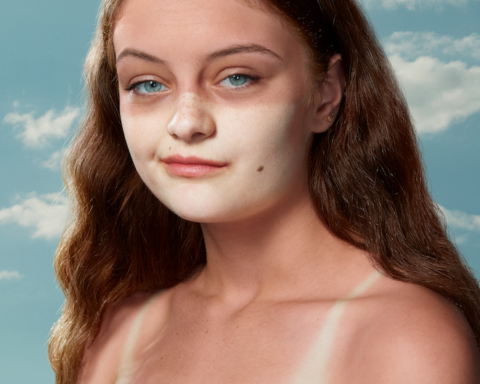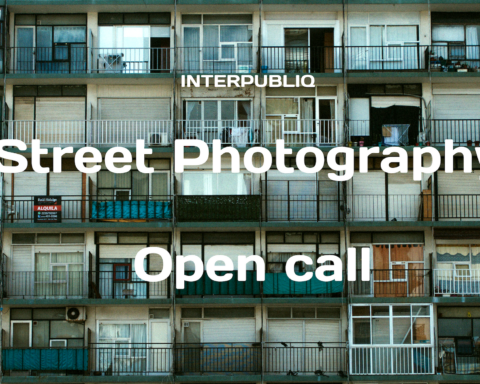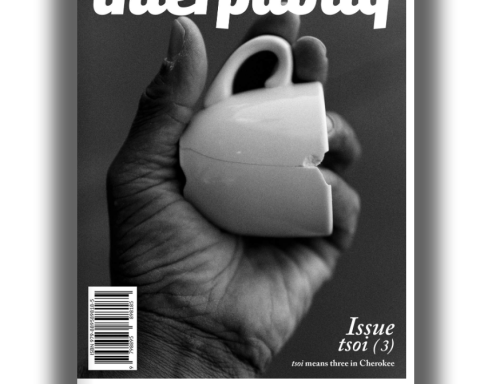Thank you for having me!
My name is Yamakasino. I was born in 1978 in Bielefeld (Germany) and have been living in Berlin for 20 years.
I love yoga, beach volleyball and spending time with friends. And coffee… and wine… oh there are so many beautiful things…
My photo work is mainly done in Europe, but I hope to expand my radius soon.
When was your first picture taken?
In 2014 I bought my first SLR camera and did mainly street photography.
In 2018 I came to architecture via minimal photography.
How do you put the person, place, or thing in front of the camera onto film, chip, or paper the way you want it to?
I work very intuitively and especially with my inner eye.
Since I for the minimal architecture series digitally post-process all images, I try to imagine already on my photo tours how the image will look later. I put a lot of effort into finding the right angle and cropping so that I have to crop the shot as little as possible later. I also pay close attention to surface textures, shadows and geometric shapes.
What photographers have influenced you, and how have they influenced the way you approach your subject?
Since I don’t come from a classical photography background, my work is less influenced by other photographers. I found my approach to art with about 12 years in graffiti and street art.
I loved the colors and contrasts, the freedom and speed with which the images are created. I sprayed commissioned works for private individuals, companies and public carriers already at the age of 15.
Here I acquired my understanding of colors, gradients, contrasts and image geometries.
These skills and the idea of making the world a bit more colorful and playful strongly influence my work today.
Photographically, I like Keunju Park, Paul Eis and George Byrne.
What exactly do you want to say with your photos, and how do you make your photos do that?
I am always looking for simplicity and beauty, where you may not expect it, or where you do not recognize it at first sight.
For example, because a beautiful geometric shape, a facade or a composition in the gray concrete is not noticeable. Or because the chaos, garbage and noise of a big city distract from it or obscure it.
Each image is an invitation to the viewer to change their own perspective and perhaps recognize and enjoy more beauty on the next walk through their city.
To achieve this, I digitally expose individual segments, facades or houses. I calm the sky, change surfaces, colors and contrasts. However, I always keep the geometric shapes of my motifs.
What photographic gears do you use to stay focused on what you do best when shooting?
I try to carry as little equipment around with me as possible, because I’m often on foot for a very long time and flexibility is required in the search for the right angle. Sometimes I have to climb or squeeze through narrow gaps.
That’s why I usually only use my camera (a Sony Alpha7 III with 28-70mm lens) and no other tools.
Any technology/software/hardware?
I work with Photoshop Elements, which is the inexpensive version of the pro software. It offers all the tools I need for editing.
Most of the time I work with the polygon lasso to precisely crop individual areas and then edit them.
What motivates you to continue taking pictures? Is it political, intellectual or emotional?
Definitely emotional. Both the long photo tours and the post-processing are an important part of my work and form a meditative character in their effect. During these processes I am exclusively in the moment. Completely focused, without any distractions – a wonderful feeling.
My goal is always to discover new things, to immerse myself in the world and find new ways to represent it artistically.
Current and Up and Coming Exhibitions
Jan21 – April26: Aufbauhaus, Berlin (Germany) “Minimal Architecture Part I”
Feb26 – April23: Kulturaggregat, Freiburg (Germany) “Urban Decollage & Minimal Architecture”
April28 – June01: RockPaper, Berlin (Germany) “Minimal Architecture Part II”
June10 – Sept09: Town Hall, Spenge (Germany) “Urban Decollage & Minimal architecture”


